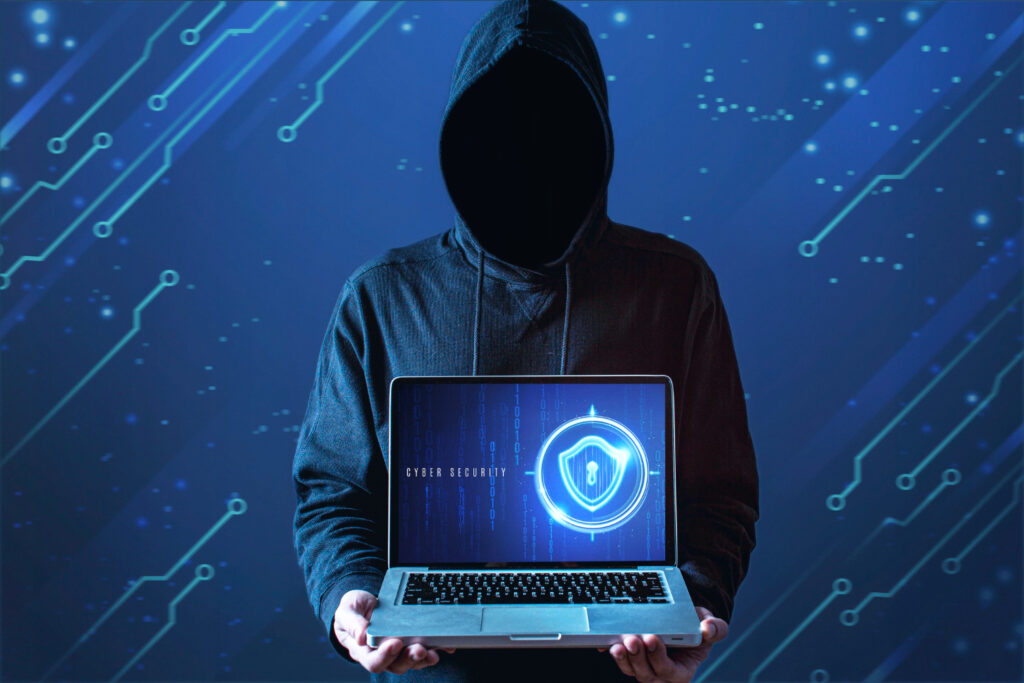Ransomware attacks have become one of the most significant cybersecurity threats for businesses of all sizes. These malicious attacks involve cybercriminals encrypting a company’s data and demanding a ransom in exchange for its release. The consequences can be devastating, including financial losses, reputational damage, and operational disruptions.
In this article, we’ll explore how to protect your business from ransomware attacks, focusing on practical strategies, best practices, and tools to strengthen your defenses.
Understanding Ransomware: What Makes It Dangerous?
Ransomware attacks are dangerous because they target critical data and systems. Modern ransomware variants can spread quickly across networks, affecting multiple devices in an organization. Businesses face a double extortion risk: attackers demand payment not only for unlocking encrypted data but also to prevent the public release of sensitive information.
Given the increasing sophistication of ransomware attacks, businesses must adopt a proactive approach to cybersecurity.
1. Conduct Regular Data Backups
One of the most effective ways to mitigate the impact of a ransomware attack is by maintaining regular backups of your data. Backups ensure that you can restore your systems without paying the ransom.
Best Practices for Data Backups
- Follow the 3-2-1 Rule: Maintain three copies of your data (one primary and two backups), store them on two different types of media, and keep one copy offsite.
- Test Your Backups: Regularly test your backup systems to ensure they work as expected during a crisis.
- Use Cloud Storage with Encryption: Cloud storage providers often offer robust backup solutions with built-in security features.
2. Invest in Endpoint Security Solutions
Endpoint devices, such as laptops, desktops, and mobile devices, are common entry points for ransomware. Deploying advanced endpoint security solutions can help detect and block malicious activity before it spreads.
Key Features to Look For
- Real-Time Threat Detection: Tools like EDR (Endpoint Detection and Response) can identify and mitigate threats in real time.
- Behavioral Analysis: Modern antivirus software uses behavioral analysis to detect unusual activities that may indicate ransomware.
3. Educate Your Employees
Human error remains a leading cause of successful ransomware attacks. Cybercriminals often rely on phishing emails and social engineering tactics to trick employees into downloading malicious files or clicking harmful links.
Cybersecurity Awareness Training
- Teach employees to recognize phishing emails and avoid clicking on suspicious links or attachments.
- Encourage the use of strong, unique passwords for every account.
- Conduct regular training sessions to keep staff updated on emerging threats.
4. Implement Multi-Factor Authentication (MFA)
Multi-factor authentication adds an extra layer of security by requiring users to verify their identity using two or more methods, such as passwords, fingerprints, or one-time codes.
Why MFA Matters
- It reduces the risk of unauthorized access, even if passwords are compromised.
- Many ransomware attacks start with stolen login credentials, making MFA a critical line of defense.
5. Use Network Segmentation
Network segmentation involves dividing your network into smaller, isolated segments. This prevents ransomware from spreading freely across your entire infrastructure if one segment is compromised.
How to Implement Network Segmentation
Use firewalls and VLANs (Virtual Local Area Networks) to enforce segmentation.
Separate critical systems from less sensitive ones.
Restrict access to sensitive data on a need-to-know basis.


6. Keep Software and Systems Updated
Outdated software and operating systems are prime targets for ransomware attacks. Cybercriminals exploit known vulnerabilities in unpatched systems to gain access.
Patch Management Best Practices
- Enable automatic updates whenever possible.
- Prioritize patches for critical vulnerabilities that could be exploited by ransomware.
- Use a centralized patch management tool to ensure all devices are updated.
7. Monitor for Suspicious Activity
Early detection is critical in stopping ransomware attacks before they escalate. Implementing monitoring tools can help identify suspicious activities, such as unauthorized file encryption or large data transfers.
Recommended Monitoring Tools
- SIEM (Security Information and Event Management) systems to collect and analyze security data.
- Intrusion Detection Systems (IDS) to monitor network traffic for signs of ransomware.
8. Develop an Incident Response Plan
Preparation is key to minimizing damage during a ransomware attack. An incident response plan outlines the steps your business will take if an attack occurs.
What to Include in Your Plan
- Identification and Containment: Define how to isolate affected systems to prevent the ransomware from spreading.
- Communication Protocols: Determine how to notify employees, customers, and law enforcement.
- Recovery Process: Detail the steps to restore systems from backups and resume operations.
9. Collaborate with Cybersecurity Experts
Sometimes, in-house expertise may not be enough to combat ransomware threats. Partnering with cybersecurity professionals can provide advanced protection and guidance.
Services Offered by Experts
- Vulnerability assessments to identify weaknesses in your systems.
- Managed security services to monitor and protect your network 24/7.
- Incident response support to handle attacks effectively.
10. Stay Informed About Emerging Threats
Ransomware tactics are constantly evolving. Stay up-to-date with the latest cybersecurity news and trends to anticipate potential risks.
Resources for Staying Updated
- Subscribe to cybersecurity blogs and newsletters.
- Join industry forums and online communities.
- Attend cybersecurity webinars and conferences.
Conclusion
Protecting your business from ransomware attacks in 2025 requires a multi-layered approach. By implementing robust security measures, educating employees, and staying informed about emerging threats, you can reduce your vulnerability to these malicious attacks.
Remember, paying the ransom is not a guarantee of data recovery and only encourages further attacks. Instead, focus on prevention, detection, and recovery strategies to safeguard your business.
With the right defenses in place, you can confidently navigate the ever-changing cybersecurity landscape and ensure the safety of your valuable data and operations..

